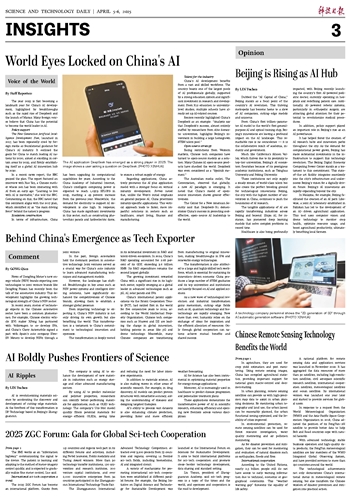
News of Dongfeng Motor's new energy vehicle (NEV) brands exporting core technologies to joint venture brands like Dongfeng Nissan has recently been the talk of the automotive industry. This development highlights the growing technological strength of China's NEV sector.
In recent years, stories of technology exports in the Chinese automotive sector have been a common phenomenon. For example, Chinese electric vehicle (EV) maker XPeng has partnered with Volkswagen to co-develop EVs, and China's Chery Automobile signed a pact with Spain's auto company Ebro-EV Motors to develop NEVs through a joint venture.
In the past, foreign automakers held the dominant position in automotive technology. Joint ventures served as a crucial way for China's auto industry to learn advanced manufacturing techniques and management models.
However, the landscape has shifted. Breakthroughs in key areas such as NEV power systems and intelligent driving solutions, have significantly enhanced the competitiveness of Chinese brands, allowing them to establish a stronger global presence.
From importing technology to exporting it, China's NEV industry is not only driving its own growth but also benefiting the world. This transformation is a testament to China's commitment to technological innovation and openness.
The transformation is deeply rooted in its substantial investment in R&D and talent-driven ecosystem. In 2024, China's R&D spending accounted for 2.68 percent of its GDP, exceeding 3.6 trillion RMB. Its R&D expenditure remains the second largest globally.
The growing investment rewarded China with a significant rise in its high-tech sector, rapidly emerging as a global leader in advanced technologies such as 5G, AI, solar panels and EVs.
China's international patent applications via the Patent Cooperation Treaty (PCT), had ranked first in the world for five consecutive years to 2024, according to the World Intellectual Property Organization. Chinese tech companies such as Huawei and DJI are leading the charge in global innovation, holding patents in areas like 5G and drone technology. Meanwhile, many Chinese companies are transitioning from manufacturing to original innovation, making breakthroughs in EVs and renewable energy technologies.
The transformation is also attributed to a large and highly skilled tech workforce, which is essential for sustaining its innovation-driven economy. China produces a large number of STEM graduates and its top universities and institutions are heavily focused on AI and applied sciences.
As a new wave of technological revolution and industrial transformation gains momentum, cutting-edge fields such as AI, quantum technology and biotechnology are rapidly emerging. Now more than ever, humanity relies on the exchange of ideas for inspiration and the efficient allocation of resources. Only through global cooperation can nations achieve mutual benefits and shared success.


 Next
Next




